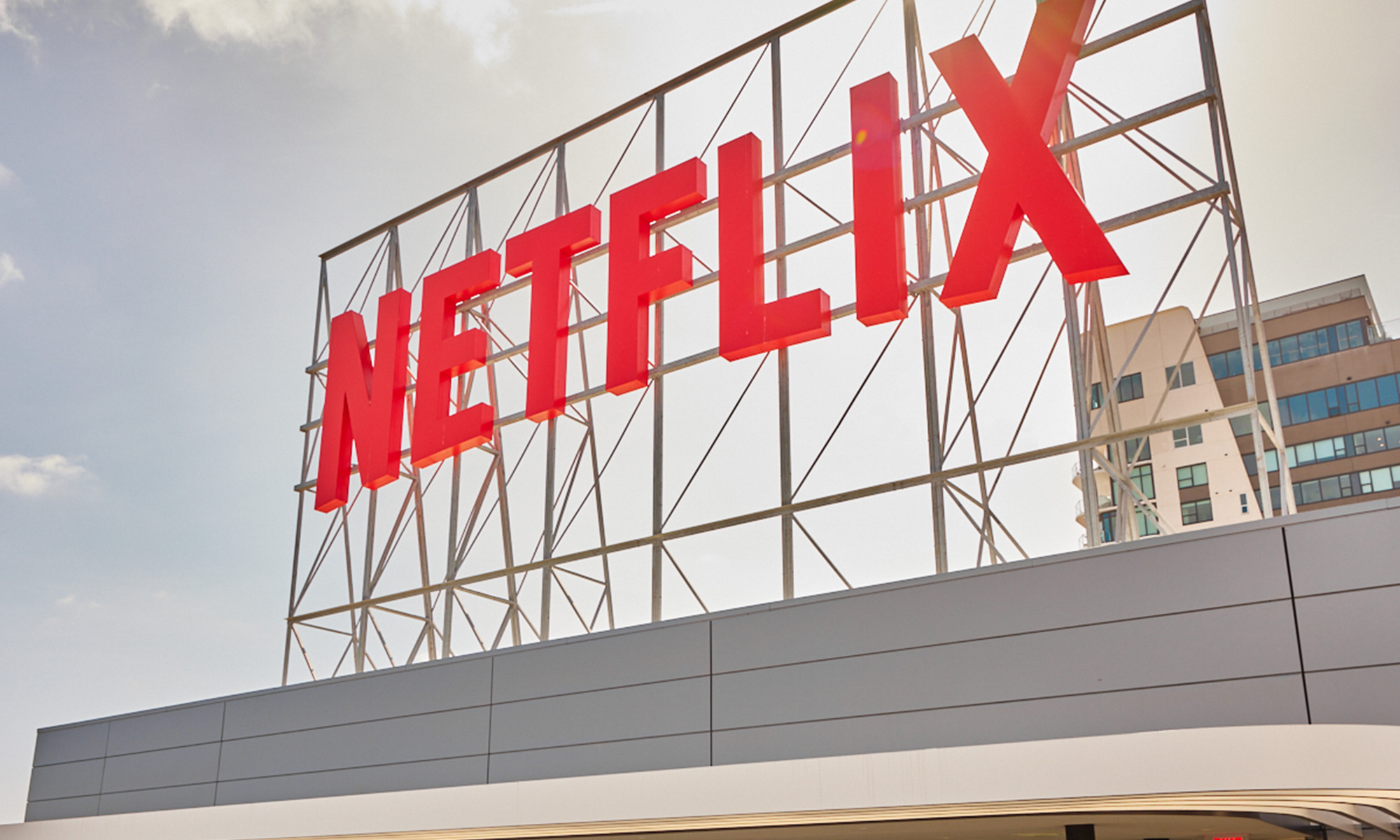Source: Netflix.
Netflix (NASDAQ: NFLX) stock has delivered extraordinary gains for investors in recent years, rising by a breathtaking 78% in the past 12 months alone. With this in mind, investors may wonder whether it's now too late to invest in the streaming video and DVD delivery company. Although Netflix is a high-growth business with above-average risk, there are strong reasons to believe the company still offers material upside potential from current levels.
Accelerating growth
Netflix is firing on all cylinders when it comes to growing its subscriber base. The company added 1.69 million new streaming subscribers during the second quarter of 2014, accelerating from the 1.24 million new streaming subscribers it gained in the same period of last year. This brings the total global streaming membership count to more than 50 million.
While growth rates should naturally slow down in the U.S. over the medium term as penetration rates increase, Netflix still has enormous room for expansion in international markets.
Netflix is scheduled to launch in Germany, France, Austria, Switzerland, Belgium, and Luxembourg in September. This will provide exposure to more than 60 million broadband households, significantly increasing Netflix's international presence and raising the company's global addressable market to more than 180 million broadband households, twice the number of current U.S. broadband households. About 72% of Netflix's current members are in the U.S.
Expanding profitability
Netflix's revenue is outgrowing costs, so profit margins are increasing. Contribution margin rose to 18.5% of revenue during the last quarter, a big increase from 10.2% in the second quarter of 2013.
Although management expects contribution margin to decline during the third quarter due to increased spending to finance international growth, Netflix is proving to investors that the business model is solid enough to operate profitably once it reaches critical mass in a particular market.
In addition, Netflix is generating expanding profitability via price increases. In May, Netflix raised its prices by $1 in the U.S., so new subscribers are paying $8.99 a month versus the previous fee of $7.99. However, the price of $7.99 a month will be maintained for existing subscribers for two more years. Similar adjustments were made in international markets.
Netflix is permanently investing in new content; however, it's important to keep in mind that this price increase does necessarily mean higher costs for the company. This means higher prices should have a considerable positive impact on profit margins over time.
In a July letter to shareholders, CEO Reed Hastings said higher prices are having minimal impact on subscriber growth, which is a healthy sign when it comes to evaluating a company's competitive strength and pricing power:
In May, we raised prices modestly in most of our markets for new members on our two screens at a-time HD plan, and introduced a one screen at-a-time, standard definition plan across our markets. Our two screen HD plan continues to be the most popular plan choice for new members. We expect ARPU [average revenue per user] to rise slowly as members at the new prices grow as a percentage of total membership. There was minimal impact on membership growth from this price change.
Netflix has not disclosed the direct financial impact from the price increase, although it's presumably rather small since we are talking about a modest hike that has only been in place for a short period of time. But the main point to consider is that Netflix is proving that it has enough strength to gradually adjust prices without hurting growth too much, and this bodes well for profit margins over the long term.
Growing competitive strength
Content is king in the industry, and Netflix is building competitive differentiation via a growing library of titles, including widely successful original productions such as House of Cards and Orange Is the New Black. As Netflix gains more subscribers, it also gains financial muscle to reward those subscribers with more and better content for a conveniently low price.
Knowledge is power, and Netflix has access to enormous amounts of valuable data for analyzing the viewing habits, tastes, and social network interactions of its users in regard to content. This aids it in making the best possible decisions on purchasing or creating new content
More financial resources and a growing amount of valuable information should allow Netflix to continue building its library over time, consolidating its competitive position and differentiating the company from the competition.
Key takeaway
While Netflix stock has delivered spectacular gains in recent years, the fun is not necessarily over. With a rapidly growing subscriber base, rising profitability, and a unique library of content providing competitive differentiation, Netflix is well-positioned to continue delivering substantial gains for investors in the years ahead.








